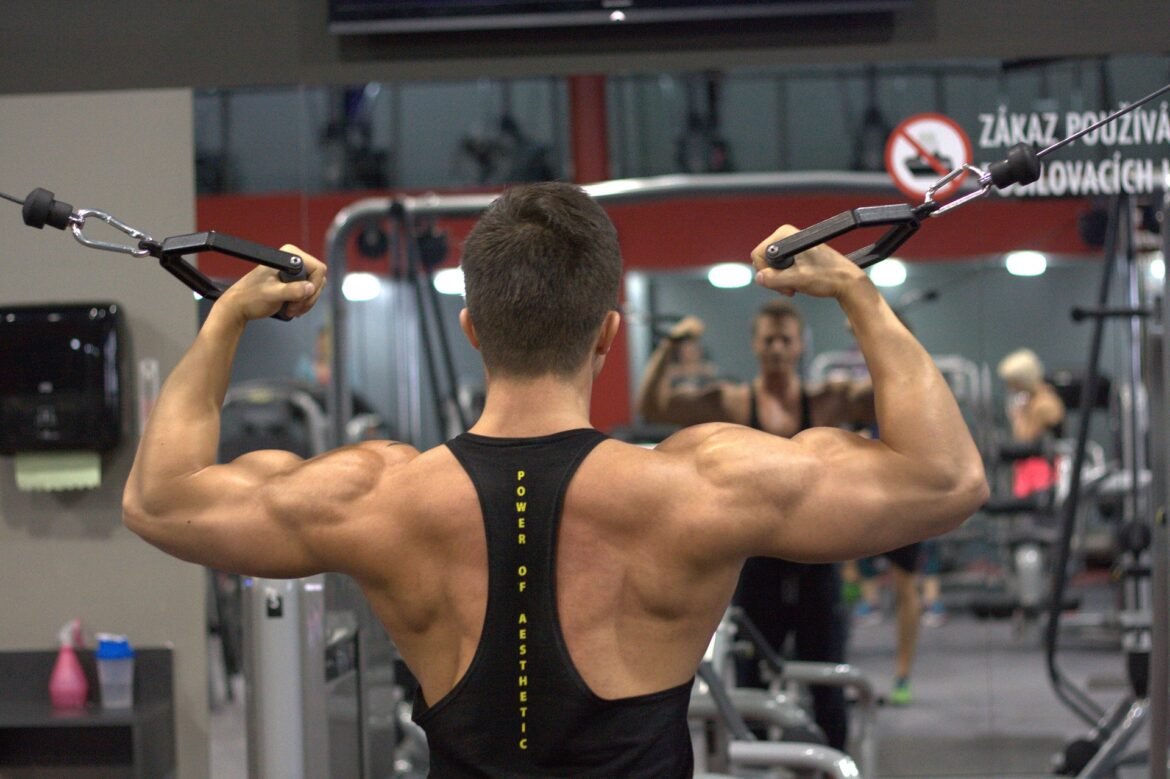The Ultimate Guide to Bench Press
The bench press is one of the most iconic exercises in the world of strength training and bodybuilding. Known for its ability to build a powerful chest, shoulders, and triceps, the bench press is a staple in almost every workout program. But it’s not just about pushing heavy weight — mastering the bench press involves proper technique, understanding muscle engagement, and choosing the right variations to match your goals.
Different Forms of Bench Press
There are several variations of the bench press, each with its unique benefits. Whether your goal is strength, muscle hypertrophy, or endurance, these different forms of bench press allow you to target specific muscles and train with a variety of angles and equipment.
- Flat Barbell Bench Press
- Incline Barbell Bench Press
- Decline Barbell Bench Press
- Dumbbell Bench Press
- Close-Grip Bench Press
- Smith Machine Bench Press
- Reverse-Grip Bench Press
Let’s dive into each of these bench presses, focusing on the muscle groups they work and how to perform them effectively.
1. Flat Barbell Bench Press
The flat barbell bench press is the most traditional form of exercise and one of the best for overall chest development. It works the chest muscles from a flat angle and allows you to lift more weight than other variations.
- Primary Muscles: Pectoralis Major (Chest)
- Secondary Muscles: Triceps, Anterior Deltoids (Shoulders)

2. Incline Barbell Bench Press
The incline bench press is performed at an angle, typically between 30 and 45 degrees. This variation emphasizes the upper portion of the pectoral muscles and is excellent for building a balanced chest.
- Primary Muscles: Upper Pectoralis Major (Upper Chest)
- Secondary Muscles: Anterior Deltoids (Shoulders), Triceps

3. Decline Barbell Bench Press
The decline bench press is performed at a downward angle, usually 15 to 30 degrees. This variation targets the lower portion of the chest, which is often underdeveloped compared to the upper and middle chest.
- Primary Muscles: Lower Pectoralis Major (Lower Chest)
- Secondary Muscles: Triceps, Anterior Deltoids (Shoulders)

4. Dumbbell Bench Press
Using dumbbells allows for a greater range of motion and engages more stabilizer muscles compared to the barbell bench press. The dumbbell bench press can be performed on a flat, incline, or decline bench to target different parts of the chest.
- Primary Muscles: Pectoralis Major (Chest)
- Secondary Muscles: Triceps, Anterior Deltoids (Shoulders), Stabilizers

5. Close-Grip Bench Press
The close-grip bench press is a variation that shifts more emphasis to the triceps and shoulders. It’s an excellent exercise for building tricep strength and size, while still engaging the chest muscles.
- Primary Muscles: Triceps
- Secondary Muscles: Pectoralis Major (Chest), Anterior Deltoids (Shoulders)

6. Smith Machine Bench Press
The Smith machine bench press provides a controlled movement by stabilizing the barbell’s path, which can be beneficial for beginners or those recovering from injury. It can also be performed flat, inclined, or declined.
- Primary Muscles: Pectoralis Major (Chest)
- Secondary Muscles: Triceps, Anterior Deltoids (Shoulders)

7. Reverse-Grip Bench Press
The reverse-grip bench press involves gripping the barbell with an underhand (supinated) grip, which shifts the emphasis from the chest to the upper chest and triceps. This variation can improve upper chest development and relieve shoulder stress.
- Primary Muscles: Upper Pectoralis Major, Triceps
- Secondary Muscles: Anterior Deltoids (Shoulders)

All-Time Best Bench Press Exercise: Barbell Bench Press
The flat barbell bench press is widely regarded as the best overall chest exercise due to its ability to engage the largest portion of the pectoral muscles and allow for the heaviest loads. It’s considered the king of upper body strength exercises and a fundamental movement for building size and power in the chest, shoulders, and triceps.
The Barbell Bench Press is an essential upper-body exercise that offers significant benefits for strength and muscle development, particularly in the chest, shoulders, and triceps. By mastering proper form and consistently increasing the weight, you can build a powerful, well-rounded upper body. Remember to focus on controlled movements, engage a spotter when necessary, and avoid common mistakes like flaring elbows or bouncing the bar. Incorporate the bench press into your routine to enhance your upper-body strength and improve overall fitness.
